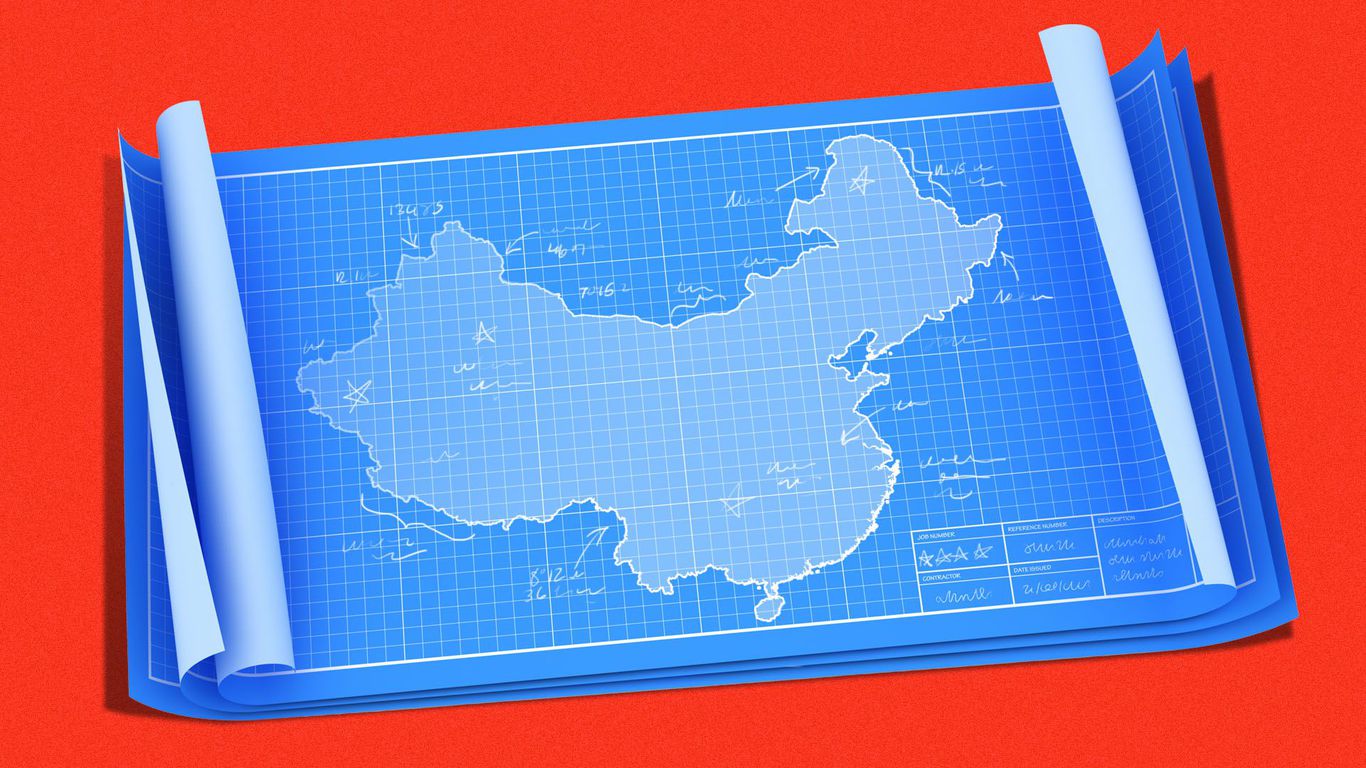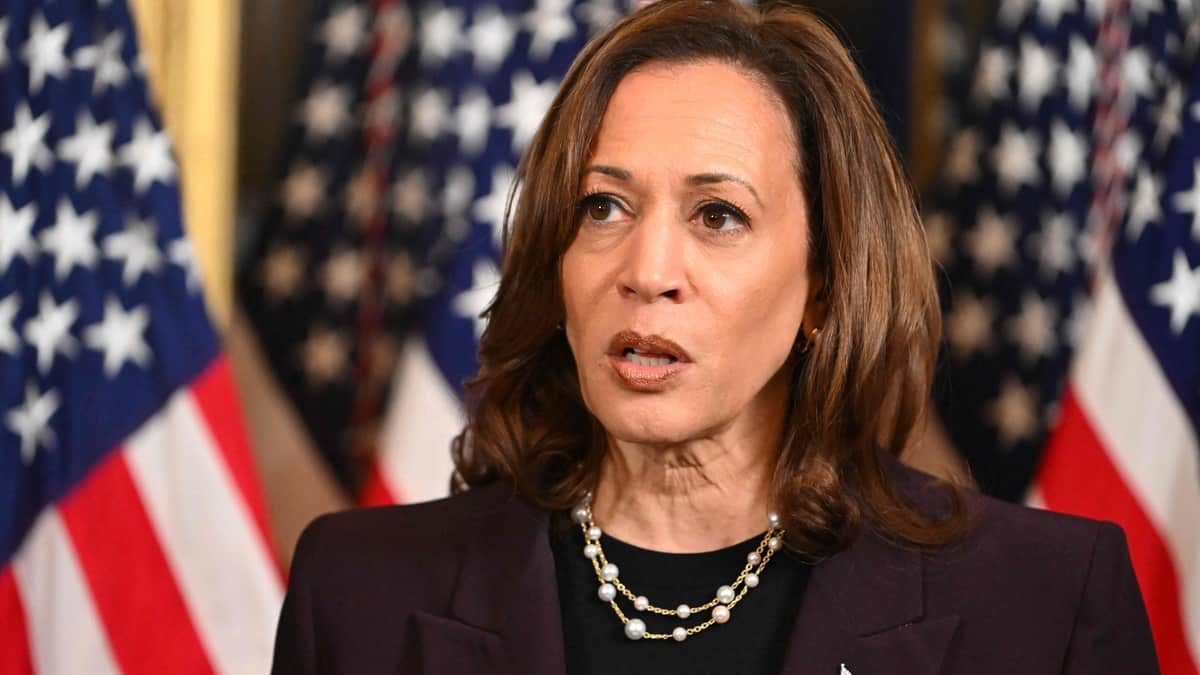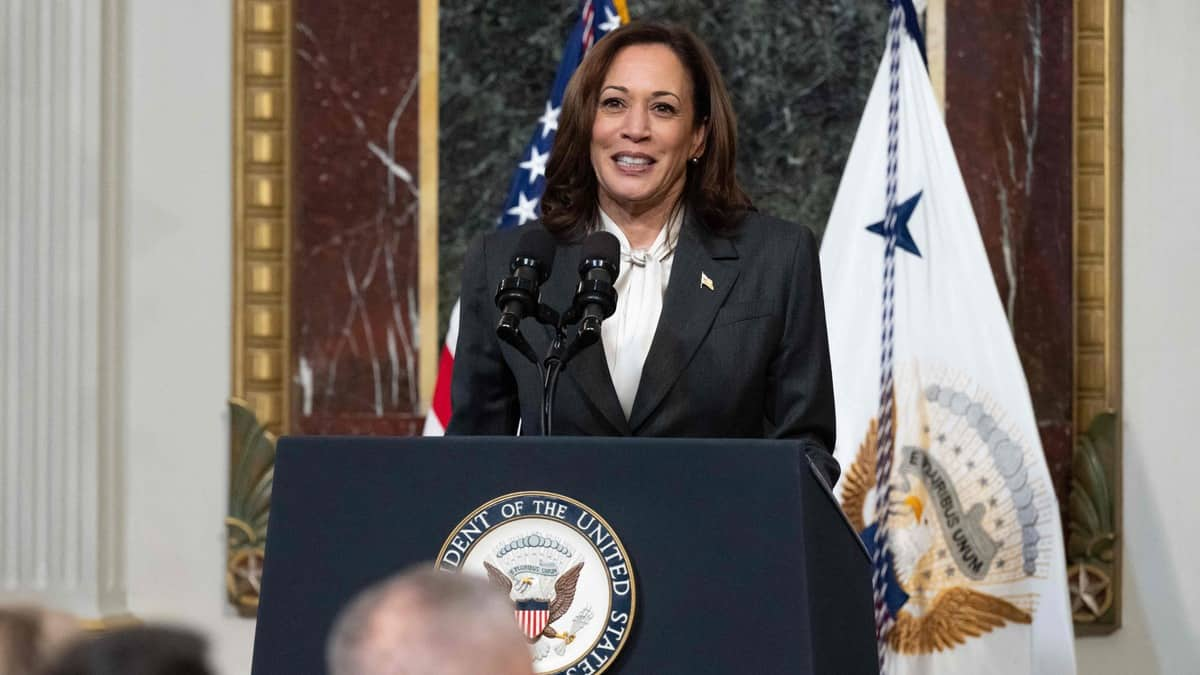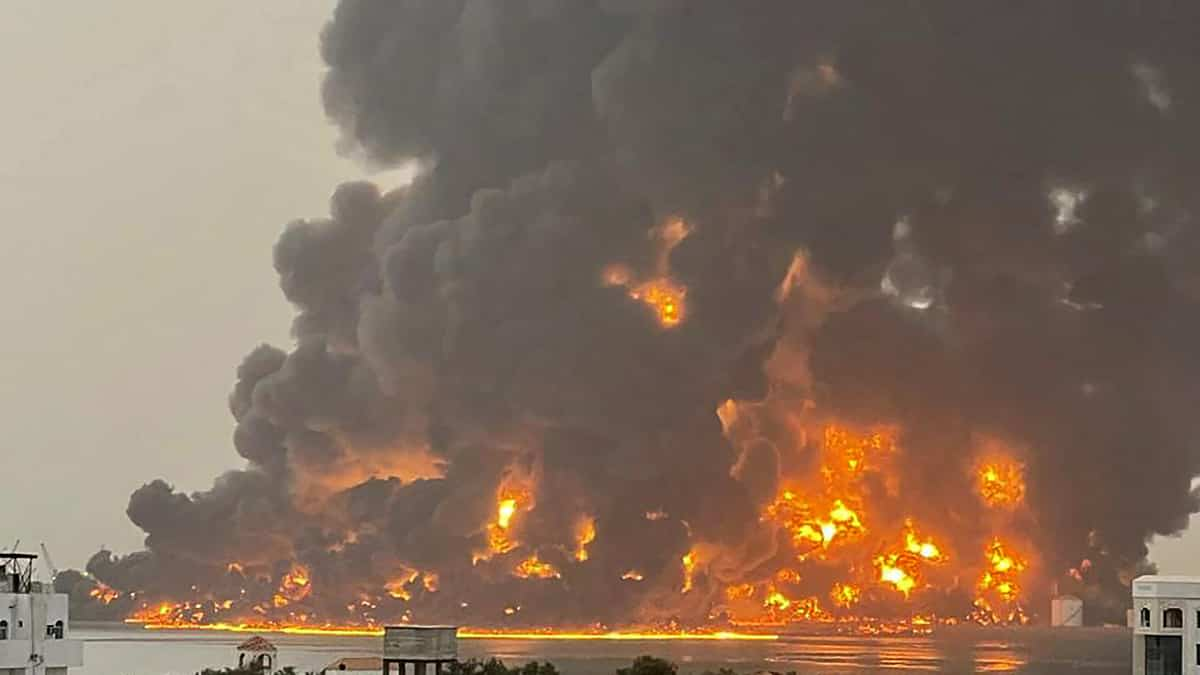
The Trump administration has declassified a report outlining its strategy in the Indian and Pacific Oceans, including “accelerating the rise of India,” preventing China from creating “illiberal spheres of influence,” and maintaining “US strategic primacy” in the region, according to a transcript viewed by Axios .
why does it matter: The strategy laid out in the ten-page report, written in early 2018, has guided the United States’ approach to China, India, North Korea and other countries in the Indo-Pacific over the past three years. Her release highlights the geopolitical and security challenges the Biden administration will soon bequeath.
China is the primary government actor of concern Outlined in the document, followed by North Korea. The strategy emphasizes confronting the growing influence of China abroad by seeking to achieve strategic alignment with allies and partners, supporting the “liberal economic order” in the region, and working to “immunize” the United States and its partners against Chinese intelligence activities.
- The strategy also identifies a major expansion in military, intelligence, and diplomatic support to India as the primary regional counterweight to China – an approach that is likely to raise eyebrows in Beijing and Islamabad.
what are they saying: National Security Adviser Robert O’Brien wrote in a memo dated January 5, 2021: “The declassification of today’s framework demonstrates, with transparency, America’s strategic commitments to the Indian and Pacific Oceans and to our allies and partners in the region.” With the strategy document.
Divide it: The Trump administration has closely adhered to several of its stated goals regarding China over the past three years, including:
- Building “an international consensus that China’s industrial policies and unfair trade practices harm the global trading system.”
- Expanding U.S. counterintelligence and law enforcement to counter Chinese intelligence activities in the United States, and expanding intelligence sharing with allies to help them do the same.
- Developing asymmetric military and warfare strategies to assist Taiwan in its long-standing strained relationship with China.
- Strengthening national security reviews of Chinese investments in sensitive US sectors
- Work with allies and partners to try to “prevent China’s acquisition of military and strategic capabilities.”
Yes, but: Some targets encountered headwinds.
- The strategy repeatedly calls for the United States to engage more with countries in the region, particularly the Association of Southeast Asian Nations (ASEAN). In some cases, the United States has already withdrawn from the region, including through Trump’s withdrawal from the Trans-Pacific Partnership Reprimand From ASEAN peaks.
- The goal of displaying the benefits of American democratic values as a counterweight to China in the region was also dealt a major blow with the recent armed rebellion in the US Capitol Building. These events led to the resignation of one of the key strategists, former National Security Representative Matt Pottinger.
From the note: India is an important cornerstone of the Indo-Pacific strategy aptly known by its name.
- The document states that enhanced US assistance and intelligence sharing should assist India in key conflict areas with China, including border disputes and water rights in the Himalayas. In 2020, India and China have fought the bloodiest military skirmishes along the border Since 1967.
- But the relationship between the United States and India is complicated. During the Cold War, India refused to position itself squarely in the Western camp and instead chose to lead in the Non-Aligned Movement. Meanwhile, the United States has often leaned toward Pakistan, India’s historic arch-foe in South Asia.
background: The Trump administration ushered in a new formal framework for seeing China and India as part of the same strategic region, the “Indian and Pacific Oceans,” beginning with National Security Strategy In 2017.
- The US Pacific Command was renamed Indo-Pacific Command in 2018, in a move widely seen as a response to China’s rise.
Between the lines: Australia’s experience with China has heavily influenced the formulation of the Indo-Pacific Strategy for 2018.
- “They were in many ways ahead of the curve in understanding processes of influence and interference with local systems,” a senior US official told me. They were pioneers and we have to give a lot of credit to Australia. “
- The official singled out the praise of former Australian chief intelligence adviser John Garnott, and said that a 2017 report on Chinese influence operations by New Zealand-based researcher Anne Marie Brady also influenced US strategy.
deepen: The Foreign Ministry publishes a plot to confront China.

“Appassionato pioniere della birra. Alcolico inguaribile. Geek del bacon. Drogato generale del web”.






